Experimental Zastava M65 Light Machine Gun

Following my article on the Zastava M64, it is only fitting to continue with its lesser-known sidekick, the Zastava M65. While the M64 represented Yugoslavia’s first foray into a domestically designed assault rifle inspired by the Kalashnikov platform, the M65 was its parallel attempt to develop a complementary light machine gun (LMG) or automatic rifle within the same program. This effort formed a critical chapter in the broader FAZ (Familija Automatskog Oružja Zastava) program, which aimed to create a standardized family of automatic weapons for the Yugoslav military.
Developed in the mid-1960s at the Zastava Arms factory in Kragujevac, Serbia, under the leadership of director Milan Ćirić, the M65 served as an experimental platform to fill the squad automatic weapon role. With Yugoslavia seeking self-reliance in military production amid strained relations with the Soviet Union, the M65 project emerged as an ambitious attempt to replicate and improve upon the AK-pattern light machine guns without direct Soviet support.
Design and Variants
The M65 was heavily influenced by the recent development of the Soviet RPK, yet incorporated key modifications to enhance its suitability for sustained automatic fire. Two main variants were produced. The M65A featured a quick-change barrel, enabling the operator to swap out an overheated barrel in the field. The mechanism was inspired by earlier Yugoslav service weapons, such as the M26 and M37, which were Czech-produced ZB.26 and ZB.30J machine guns; the M37 would later be produced under license in Kragujevac. The M65A borrowed its rotating, interrupted-thread barrel locking system, a mechanically reliable and battle-tested design.
The M65B came with a fixed barrel, offering a simpler and lighter configuration, though at the cost of sustained fire capability. It was likely intended for evaluation or use in roles where prolonged automatic fire was not critical.
Both variants were equipped with a folding bipod for stability during prone firing and a conical flash suppressor inspired by their M26 and M37. The weapon was chambered in 7.62x39mm, consistent with the rest of the FAZ family, and fed from standard M64-pattern box magazines. As the M64A featured the last-round bolt hold-open mechanism seen in the M64 and the early M70s, it required a magazine with cutouts to interact with the internal bolt hold-open mechanism. This all makes what could have been a very impressive weapon, and perhaps the best variant of the Soviet RPK.
The development of the M65 reflected Yugoslavia’s broader doctrine of arms self-sufficiency during a time of geopolitical non-alignment. After the Tito-Stalin split in 1948, direct access to Soviet weapon designs and assistance became limited. As a result, Yugoslav engineers were tasked with reverse-engineering and innovating based on whatever examples or concepts they could study and acquire through third parties.
Crvena Zastava (later Zastava Arms) played a central role in this process, drawing on its experience producing earlier machine guns under license or local adaptation. The M65 was not just a one-off prototype, but a key developmental step in the maturation of Yugoslavia’s domestic firearms industry.
Legacy and Influence on the M72
Despite its promising features, the M65 was never officially adopted by the Yugoslav People's Army (JNA). After testing and evaluation, it was ultimately set aside in favor of a refined design, the Zastava M72. Introduced in the early 1970s, the M72 took many conceptual and mechanical cues from the M65, including the heavy ribbed barrel. However, it dropped the quick-change barrel feature, likely due to cost considerations, simplicity, and doctrinal preferences, as a quick-change barrel would be better suited for a belt-fed machine gun rather than a magazine-fed automatic rifle.
The M72 would go on to become the standard squad automatic weapon of the JNA and saw extensive use throughout the Yugoslav Wars of the 1990s, as well as in various conflicts where Yugoslav arms were exported.
Conclusion
Although the Zastava M65 never progressed beyond the prototype stage or saw active service, it remains a significant milestone in the development of Yugoslav small arms. As a critical link between the M64 assault rifle and the later M72 light machine gun, the M65 exemplifies the transitional engineering and forward-thinking design that defined Yugoslavia’s push for military self-sufficiency during the Cold War era.
The inclusion of a quick-change barrel system, borrowed from earlier Czech-inspired designs, was a technically impressive feature, though arguably excessive for a magazine-fed weapon chambered in an intermediate cartridge like the 7.62x39mm. Nonetheless, it reflected Zastava’s ambition to create a versatile and modern light machine gun tailored to the needs of a domestic armed force charting its own course.
Today, the M65 is exceedingly rare. More than just a footnote, the M65 stands as a testament to a formative period in Yugoslavia’s defense industry. This experimental design helped shape the lineage of one of the region’s most iconic automatic weapons, the Zastava M72.
Sources: Zastava “Old Gun Foundry” Museum and Museum Brochure.

Lynndon Schooler is an open-source weapons intelligence professional with a background as an infantryman in the US Army. His experience includes working as a gunsmith and production manager in firearm manufacturing, as well as serving as an armorer, consultant, and instructor in nonstandard weapons. His articles have been published in Small Arms Review and the Small Arms Defence Journal. https://www.instagram.com/lynndons
More by Lynndon Schooler
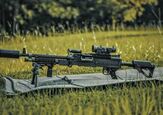
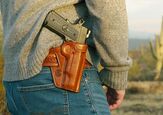
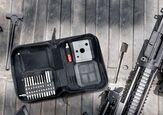
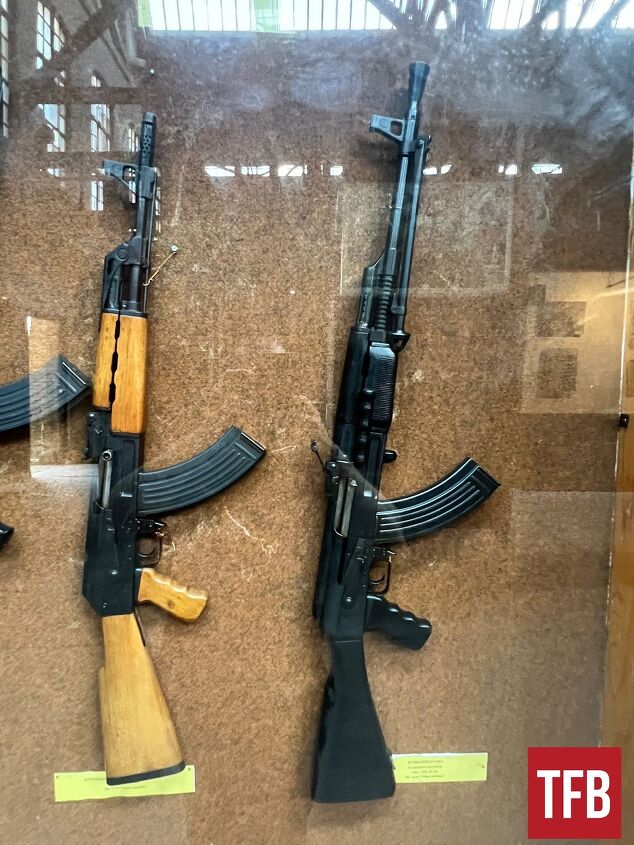





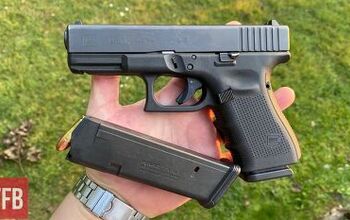

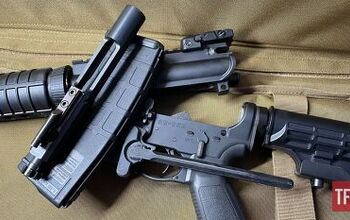
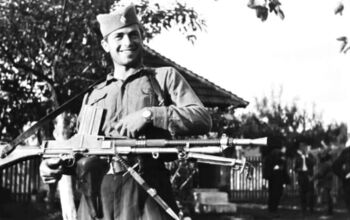
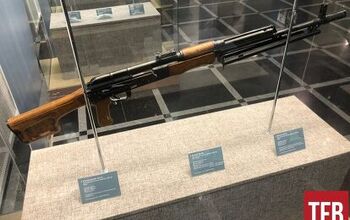
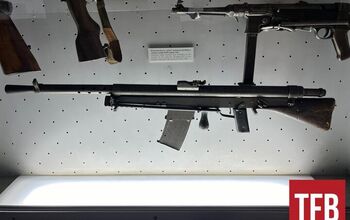
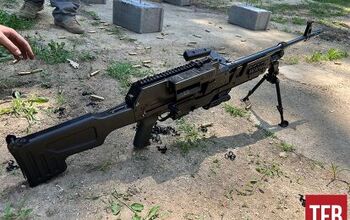
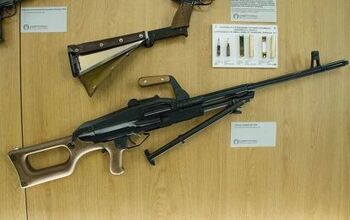
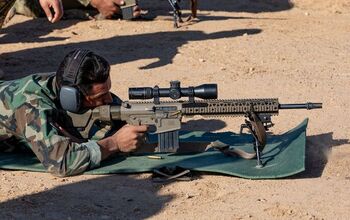
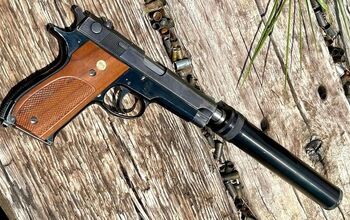


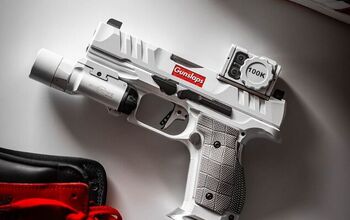
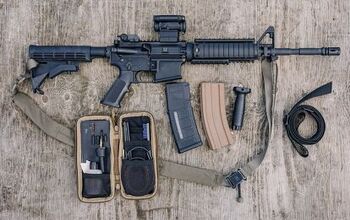

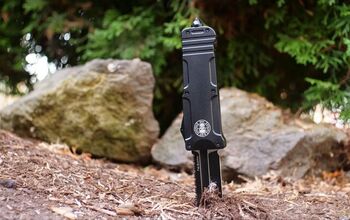
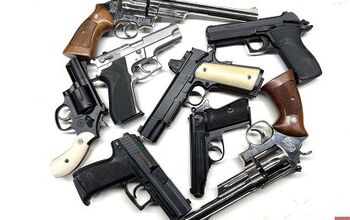

Comments
Join the conversation